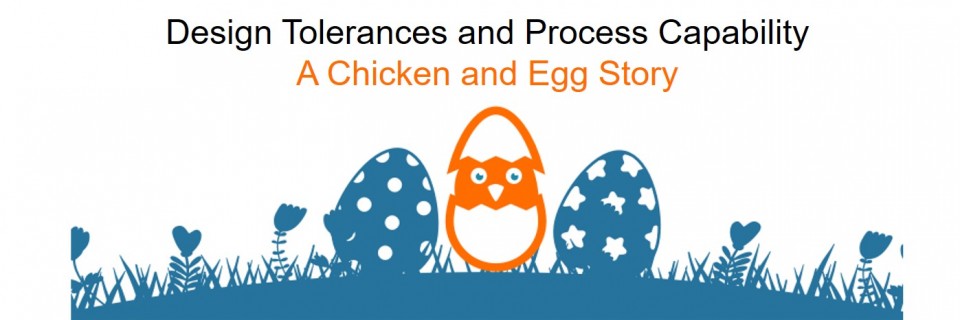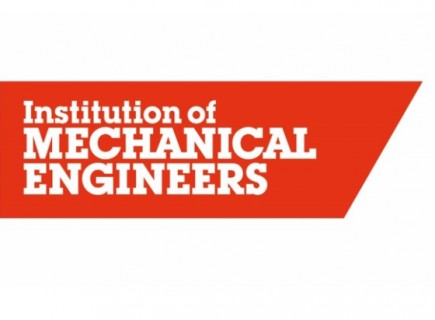Tolerance Management: A Chicken and Egg Story
May 10, 2020
The process for the design, development and industrialisation of medical devices, including drug delivery devices, is well understood. The whole process is broken down into discrete phases of work, which help to de-risk the programme when carried out in sequence.
There are many variants of the process itself, but they all essentially represent a natural and progressive flow, along the lines of specification definition, concept design, proof of principle demonstration, detailed design, pilot manufacture, verification and validation, and industrialisation.
Despite this, there is one aspect running through all these phases, which may seem menial and of limited value. and which too many design teams get wrong (or ignore) resulting in an enormous impact on cost, quality and time.
I refer to Tolerance Management which encompasses tolerance analysis, tolerance allocation, tolerance assignment, and process capability. Part of the problem is that it’s a ‘Chicken and Egg’ situation.
During detailed design, the design engineer is assigning dimensions and tolerances to components, and then carrying out detailed tolerance stack-up analyses to see if the overall variation in the parts and assemblies is sensible. (Note: statistical, never ever worst-case!)
However, at the detailed design stage, it is often too early to understand the relationship between the individual design tolerances and the eventual process capability. It is a complex relationship, which involves material selection, process selection, number of tool cavities, component geometry and structure, tool wear, etc.
It is only during the later stages of pilot manufacture and industrialisation that the design team start to understand what process capability can be achieved, and what the practical impact is of the chosen design, dimensions, and tolerances.
If there is a problem, it is often too late to resolve through design and re-tooling, and the pressure is then on the manufacturing team to achieve a reasonable process capability with unreasonable tolerances. This is typically achieved running the process at slower speeds than planned, and accepting the need for higher levels of inspection, rework and scrap. All very stressful, time consuming and expensive.
Fortunately, there is a way to tackle this problem.
Obviously, no-one can start manufacturing before the detailed design is complete – that would be messing with the fabric of space and time! – but the design team can access a wealth of experience and knowledge that is readily available. These databases can help predict the likely process capability for a given process, design, geometry and tolerance, which can then be fed into the tolerance analysis, thus informing the design suitability. My favoured knowledge-base is TolCap (www.tolcap.com), but there are others available.
Admittedly, this puts more burden on the design team, but everyone can agree it is better to resolve any problems at that earlier design stage. It means improved performance, greater reliability and reduced costs, rather than living with the consequences of non-capable processes and parts during manufacture.
This is a real solution to the problem.
Originally published as a LinkedIn Pulse article entitled Design Tolerances and Process Capability: A Chicken and Egg Story (April 2019)



